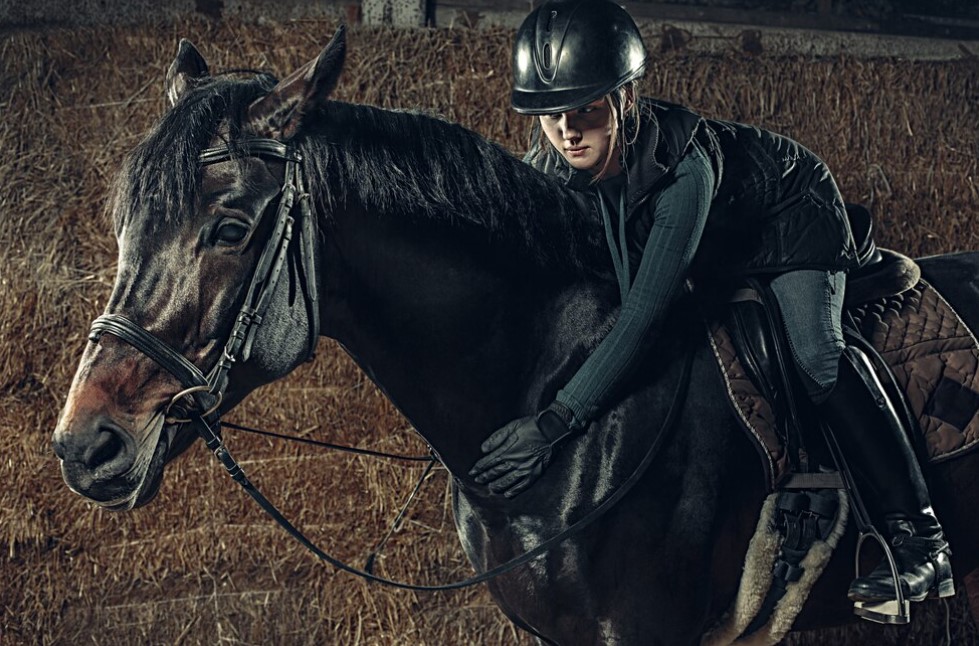Polo is often called “the sport of kings”, but this ancient game with regal origins has become a popular international sport played by people from all walks of life today. Polo tournaments attract participants and spectators from around the world who want to experience the thrill of this fast-paced team sport. This article will provide an overview of polo tournaments, from their history and format to celebrity participants over the years. Read on to learn more about the exciting world of competitive polo.
A History of Hooves: The Origins of Polo Tournaments
While polo’s exact origins are debated, most accounts trace it back over 2,000 years to ancient Persia, where Persian warriors learned to play a crude form of polo using sticks and a ball. From Persia, the sport spread to India where British settlers first encountered it in the 1800s. Fascinated by the fast-paced game, they brought polo back to England and standardized the rules. The first polo club was established in India in 1833, and soon it became a popular sport among British nobility.
In the United States, polo was first played in 1876. By the 1920s, there were over 1,000 polo clubs across the country. International polo tournaments began in 1886 and continue today. Over the decades, different variants of polo emerged, but the original outdoor version remains the Olympic discipline and most prestigious form of competitive polo around the world. Polo tournaments range from local club games to high-goal tournaments like the Argentine Open attended by superstar players.
| Year | Major Polo Tournament | Location |
|---|---|---|
| 1886 | First International Polo Tournament | Newport, USA |
| 1987 | Argentine Polo Open | Buenos Aires, Argentina |
| 2004 | Cartier Queen’s Cup | Windsor, UK |
| 2009 | British Open Polo Championship | Midhurst, UK |
| 2015 | Monaco Polo Cup | Monte Carlo, Monaco |
The Thrill of Competition: How Polo Tournaments Work
Standard polo tournaments are held outdoors on a grass field 300 yards long by 160 yards wide, though arena polo is played indoors as well. Each polo team has four mounted players: numbers 1, 2, 3 and 4. High-goal polo features athletes with handicaps ranging from 0 to 10 goals, based on their skill level. The combined handicaps of the four players cannot exceed 14 goals per team. Players use mallets to hit a plastic ball downfield and score by driving the ball between goal posts.
A polo match consists of 4 to 8 seven-minute chukkers or periods. The two teams change direction after each goal scored. Matches often attract thousands of spectators, especially in Argentina where polo is a national obsession. Top athletes can reach speeds of up to 34 mph on the polo field. Players change horses between chukkers to prevent exhaustion. Fitness, teamwork and horsemanship are all critical to success in competitive polo.
Polo’s Prestigious Participants: Famous Figures in the Sport
Polo has long attracted royalty, celebrities and the ultra-wealthy, who have the means to purchase top-breed horses and fund professional teams. Queen Elizabeth II, one of polo’s most famous aficionados, began playing in her teens and bred polo ponies throughout her life. Other celebrity polo fans include Sylvester Stallone, Tommy Lee Jones and Argentine polo pro Adolfo Cambiaso, often called the world’s best polo player with a 10-goal handicap. Models like Naomi Campbell and river phoenix even tried their hand at celebrity polo tournaments in the 1990s.
Polo today remains a glamorous affair, with sponsorships from luxury brands like Cartier, Veuve Clicquot and Maserati. Prince Harry’s 2018 wedding to Meghan Markle shone a spotlight on polo as a blueblood sport. However, from college varsity teams to women’s leagues, polo is broadening its demographic reach. Amateur club tournaments allow polo newcomers to strap on a helmet and give the “sport of kings” a try!
To conclude, whether played by Persian warriors thousands of years ago or modern athletes today, polo has endured as one of history’s most popular equestrian sports. From its regal origins to its rapid expansion across the globe, polo has reflected the fashions and cultures of the era. Yet the intensity, horsemanship and teamwork of polo remain unchanged. For amateurs and future champions alike, polo tournaments offer the thrill of competition, love of horses and comradery of teammates. If you get the chance to attend a polo match, seize the opportunity to glimpse this historic sport upclose. The sight, sounds and speed of polo in action create an unforgettable experience.

Leave a Reply